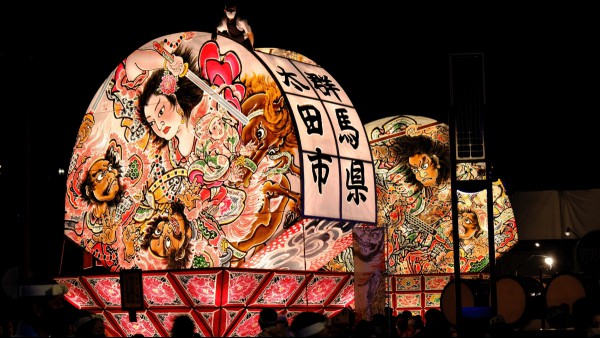What Is A Slogan?
In the world of marketing and communication, few tools are as potent as a well-crafted slogan. These short, memorable phrases have the remarkable ability to encapsulate a brand’s essence, evoke emotions, and leave a lasting impression on consumers. But what exactly is a slogan, and how does it differ from a tagline? Let’s explore the fascinating world of these linguistic powerhouses and discover why they’re so crucial in today’s fast-paced marketing landscape.
From Battle Cries to Brand Identities
At its core, a slogan is a concise, catchy phrase used in advertising or promotional activities to convey a key message about a brand, product, or cause. Originating from the Gaelic word “sluagh-ghairm,” meaning “battle cry,” slogans have evolved from rallying cries on ancient battlefields to become essential components of modern marketing strategies. These carefully chosen words serve as a verbal representation of a brand’s identity, values, and unique selling proposition.
The Power of Simplicity: Iconic Slogans and Taglines
The power of a slogan lies in its ability to distill complex ideas into simple, memorable phrases. Consider some of the most iconic slogans in advertising history:
- “Just Do It” – Nike
- “I’m Lovin’ It” – McDonald’s
- “Think Different” – Apple
- “Because You’re Worth It” – L’Oréal
- “Taste the Rainbow” – Skittles
- “Finger Lickin’ Good” – KFC
- “Eat Fresh” – Subway
- “The Happiest Place On Earth” – Disneyland
- “America Runs on Dunkin” – Dunkin’ Donuts
- “Melts in Your Mouth, Not in Your Hands” – M&Ms
These short sentences have become inextricably linked with their respective brands, instantly evoking specific emotions and associations in consumers’ minds. But what about taglines? While often used interchangeably with slogans, taglines are typically longer phrases that accompany a brand’s logo or appear consistently across various marketing materials. They serve a similar purpose but may change less frequently than campaign-specific slogans.
The Lasting Impact of Linguistic Artistry
Slogans and taglines are prime examples of how language can be harnessed to create powerful connections between brands and consumers. By condensing a brand’s essence into a few impactful words, these linguistic tools demonstrate the extraordinary power of language in shaping perceptions, influencing behavior, and building lasting brand identities. As we navigate an increasingly crowded marketplace, the art of crafting compelling slogans remains a vital skill for marketers seeking to make their mark in the minds and hearts of consumers.
This article was created with the assistance of AI.
RECOMMENDED NEWS

How To Talk About Clothes In Russian
When you’re learning a new language, the best thing you can do first is focus on the words and phras...

8 Festive Summer Traditions From Around The World
In the United States, summer is more or less synonymous with barbecues, beach days and big savings o...

The Language Of Self-Care: Understanding Wellness Terms In The New Year
With January upon us, it’s the time of year you might think about how you want to reorient your appr...

The United States Of Accents: Pacific Northwest English
Imagine a Pacific Northwestern accent. Are you struggling? You wouldn’t be alone in that. The Pacifi...

What Is An Expat?
In today’s interconnected world, the term “expat” is commonly used to describe individuals living ou...

Early Childhood Education’s (ECE) Advantages
Every moment that a child is born, they are learning. Proper supervision in the form of high-qualit...
Comments on "What Is A Slogan?" :